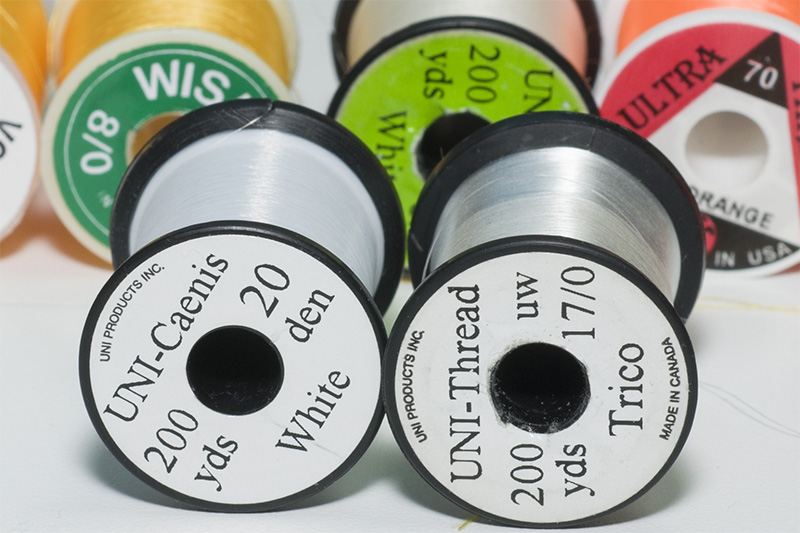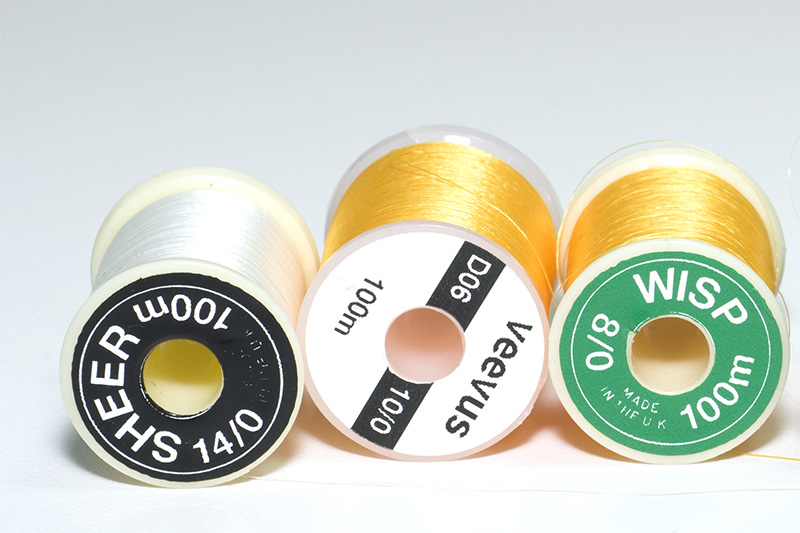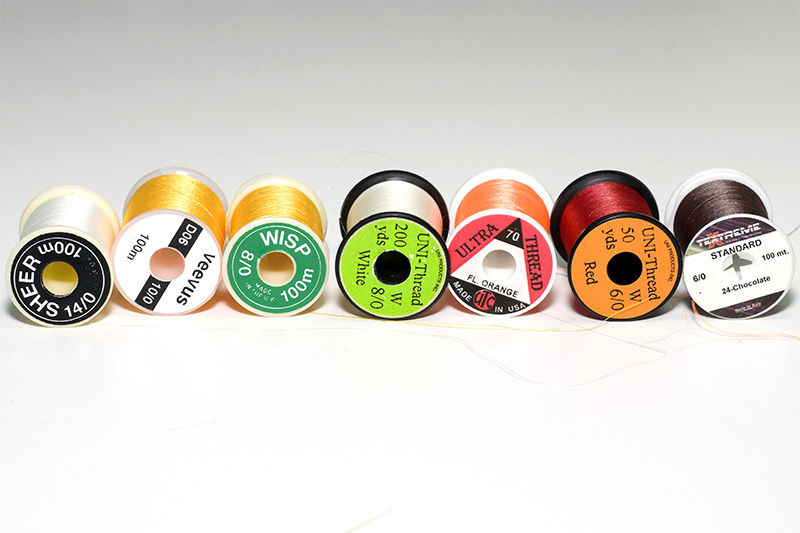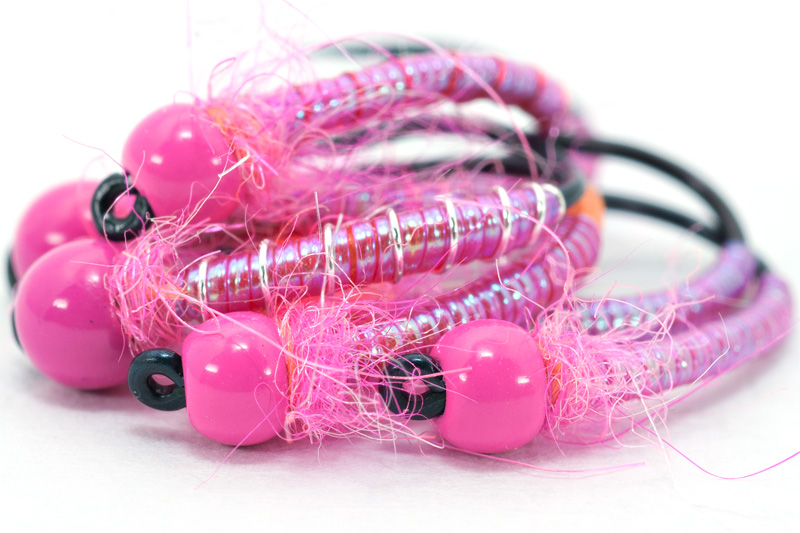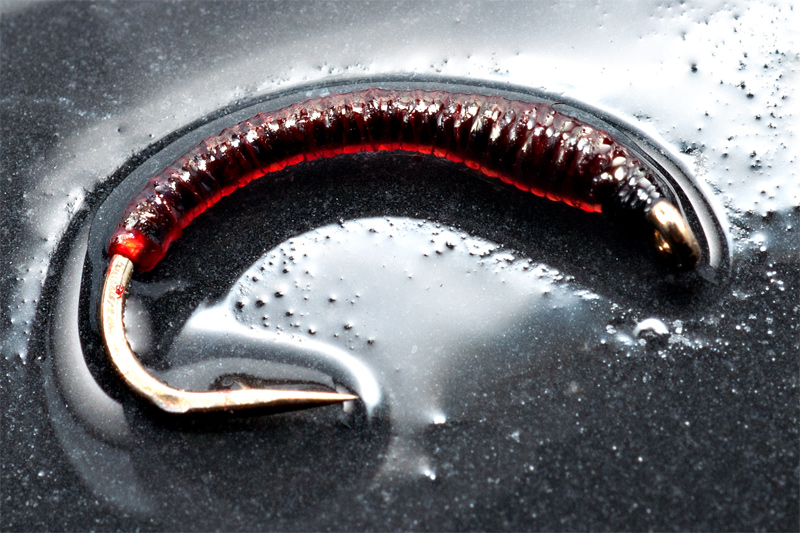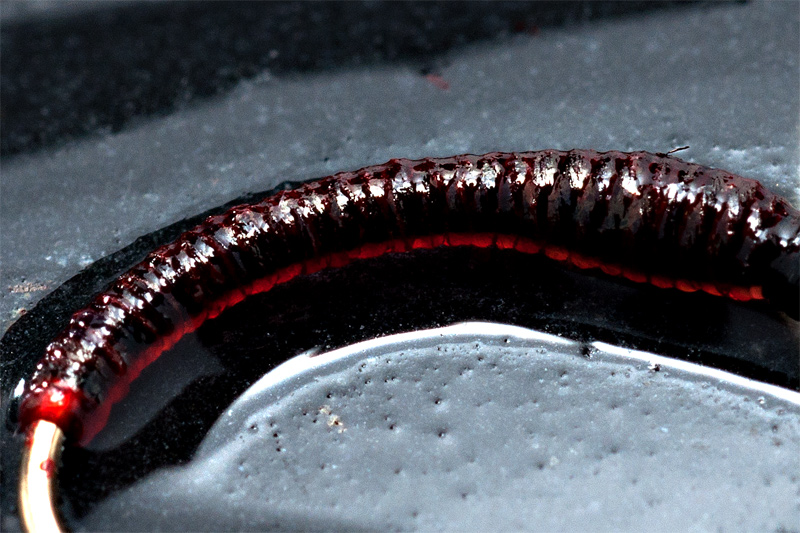A new dubbing that I use for a few days is made by Trout Line and the name is Emerger Dubbing. I developed in a few years and I tested the mix proportion until I was pleased with the results. It is a mix of different hairs from hare, squirrel, opossum in different quantities. Right now only a few colors are available but in a short period of time the rest will be in troutline fly tying shop.:
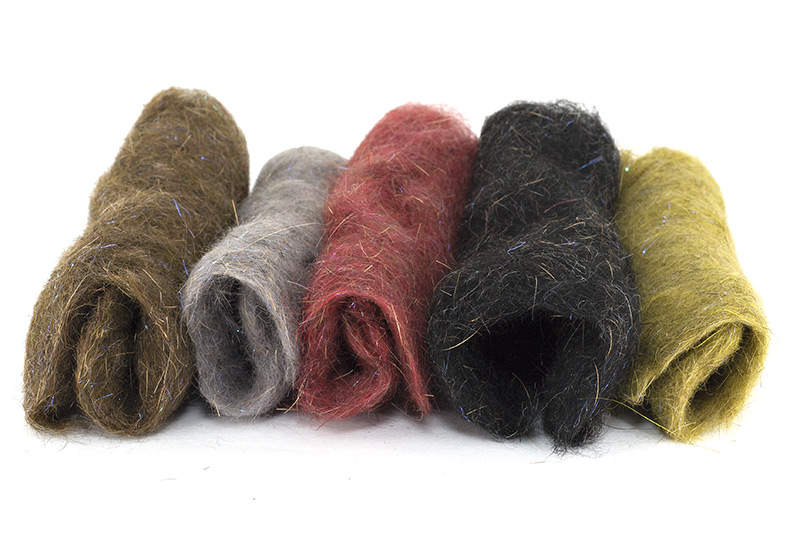
Continue reading
Author Archives: Lucian Vasies
Tying a simple emerger with CDC
Nothing complicated, only a bunch of CDC and dubbing. Any beginner can make this fly and seems that the trout love this fly especially on lakes.
The common mistakes made by others is: cutting the CDC, the wing is not long enough, not enough CDC feathers.
These flies are tied on size #12 Daiichi B155
I used for every fly 5 feathers – natural black Ultra Selected CDC
For hot spot I used red thread
For dubbing – I used emerger dubbing
For ribbing I used: UV ribbing quill
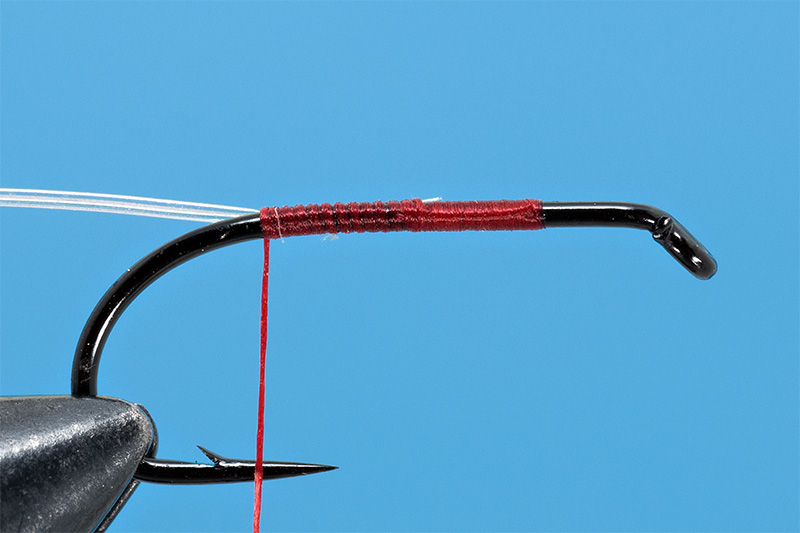
Continue reading
Fishing in Italy on river Serio
Because I’l living in Italy from more than half year I had to make a fishing licence like other fishermen from Italy. The bureaucracy is like in all countries, nobody know exactly what you have to do to obtain a regular licence but in the end with the help from a very nice fishing shop owner I obtain one. Costs 102eur/year – first year and will cost in the future no more than 60eur/year so is not expensive at all.
I decided to go out for my first day of fishing in the 2014 season on river Serio from North Italy. It is a nice river, unfortunately with a lot of small dams on it but with nice wild fish in it.
I arrived very early at 7.30 in the morning after a hour of driving from Monza. A lot of fishermen like me very excited to go in water and catch some fish. The river was low and the water was very clear, too clear compared with my types of rivers.
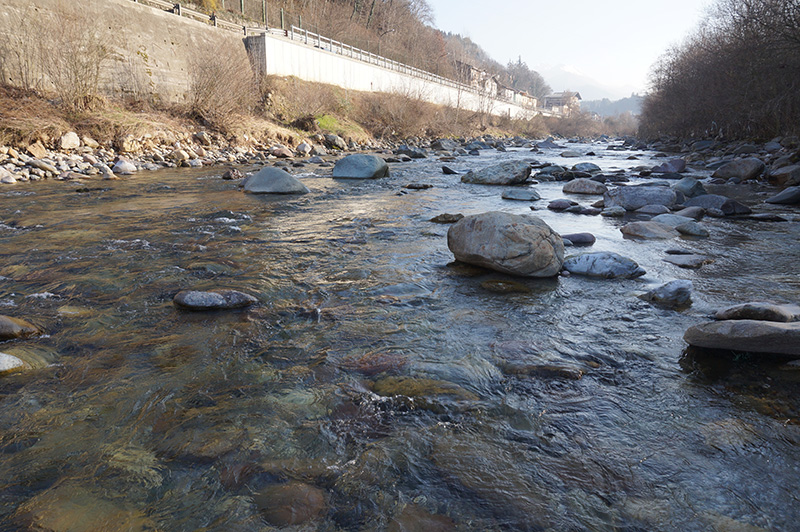
Continue reading
A simple tying thread test
Hi guys,
I’m a tier and I decided to test all my range of threads that I use frequently. After me is not an easy job because all producers don’t use the standard charts: Denier(grams per 9000m) or Decitex(grams per 10000m). They use the diameter of the thread and this is very difficult to measure. Also all producers claim their thread is stronger compared with others. Depeding of the material, if is a multi fibers threads or mono fiber threads, depending is is twisted or not, all this particularities and characteristics modify the strength of the thread and of course modify the look of the thread on the hook shank.
I had a few days off from my family for tying so I decided to make a small article about fly tying threads that I use for my flies.
I tested Uni Threads, Gordon Griffith’s threads,Veevus, UTC and Textreme
I tested the thread from this point of view: how looks these threads on the hook shank compared with the diameter described by the producer.
I used a 5/0 Daiichi Pike hook and 6 turns of each type of thread.
I started with Caenis and Trico from Uni:
Caenis is a mono type of fiber ( white and black) 20DEN,
Trico is a multi type o transparent fibers non twisted, 40DEN:
Bellow you can see how looks on the hook shank.
From the left to the right: caenis and trico. Caenis is fragile and I use it for small flies tied under #22. I find this mono cord type of thread difficult to use and apply dubb on it. But hey !, for small and delicate flies you don’t have to work so much 
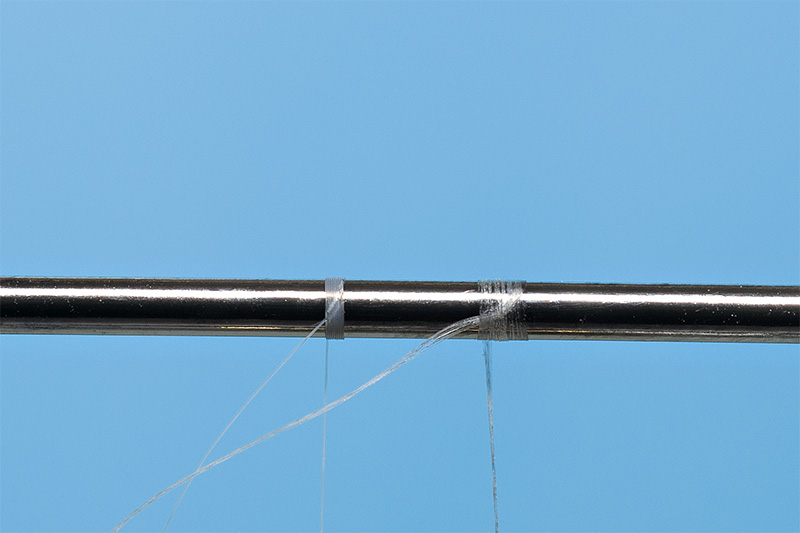
The next is is Gordon Griffith’s Sheer.
The GG Sheer looks very similar with Trico and I noticed that is more resistant to the pressure. I buy this thread from Funky Fly Tying – Tobby Merigan – and I like it. One note – this thread is twisted.
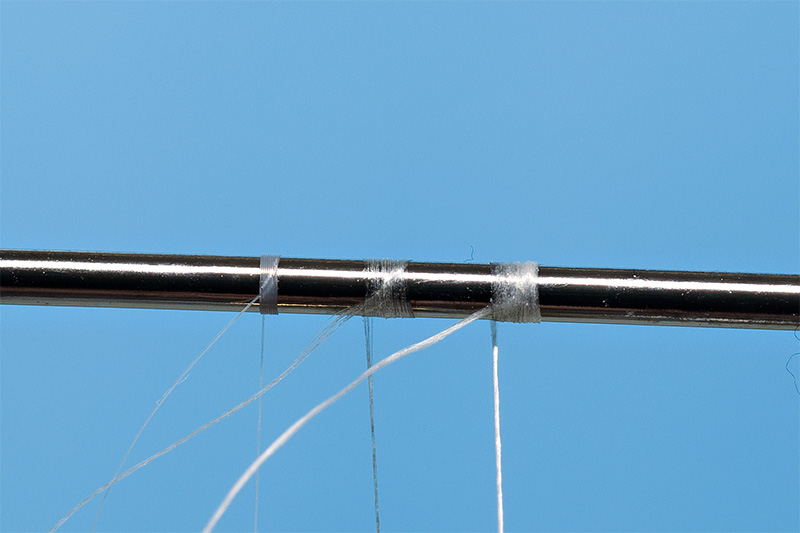
The next threads tested on the hook shank are Sheer, Veevus 10/0 and Wisp 8/0. An observation : sheer and wisp from Gordon Griffith’s are twisted and Veevus is medium twisted.
I noticed that these threads that I use have the same colors:
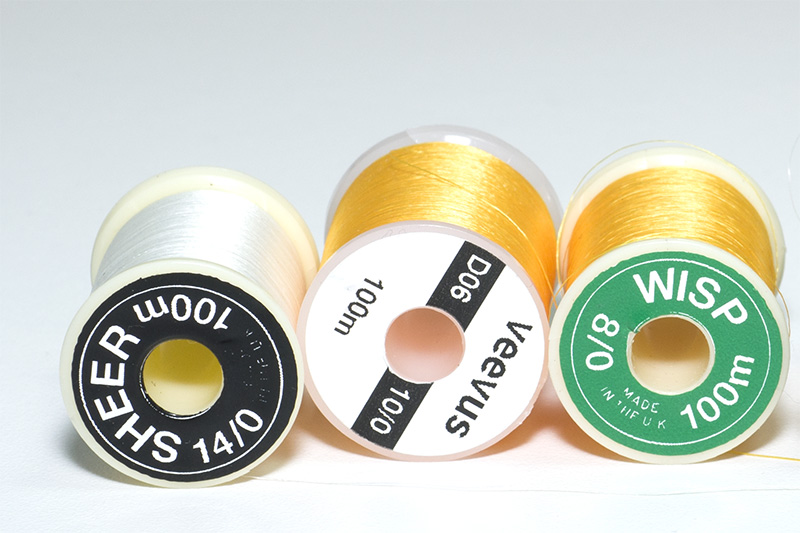
For me these fly tying threads seems to be identical on the hook shank:
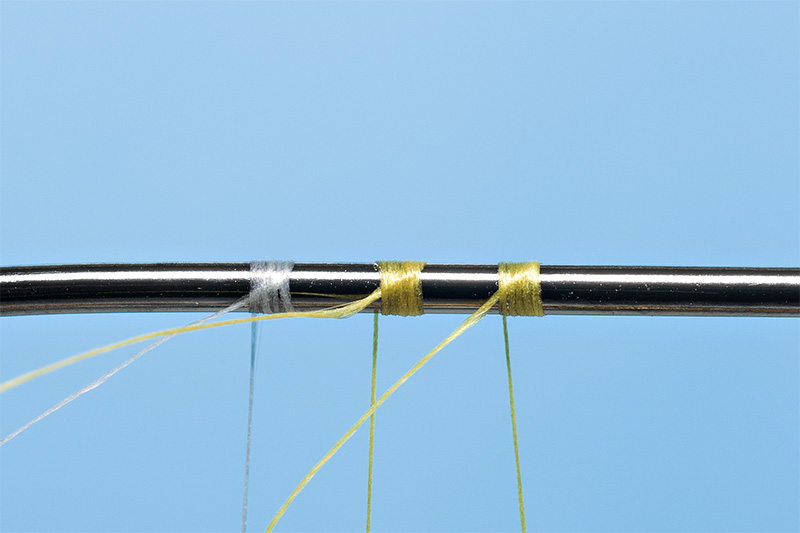
So 10/0 from Veevus looks like 8/0 from Gordon Griffith’s. To check the size for these thin threads is not easy, but I have a friend who is professor at University of Physics and I will try to make a measurement in the lab.
In my opinion the correct way to classify the threads is to use the standard Denier or Decitex chart.
Anyway lets go further:
The next tying thread is a white Uni 8/0 of 72DEN and seems to be thinner than Veevus and GG Wisp. 8/0 Uni is twisted and not waxed. This is another interesting surprise from the diameter point of view declared by the producers. Anyway it is difficult to check exactly but I will ask my friends from University if he can make a RMN test.
The fluo orange UTC 70 thread is very flat on the hook shank. very shinny and semi transparent with a nice translucent effect. I like this tread because has parallel fibers in composition. The colors are very nice and you can make bodies for beautiful flies. One note, due the fact that the fibbers are not twisted is not easy to work with and some tiers hate this thread. In the end is a matter of taste . This thread is the next “tested”
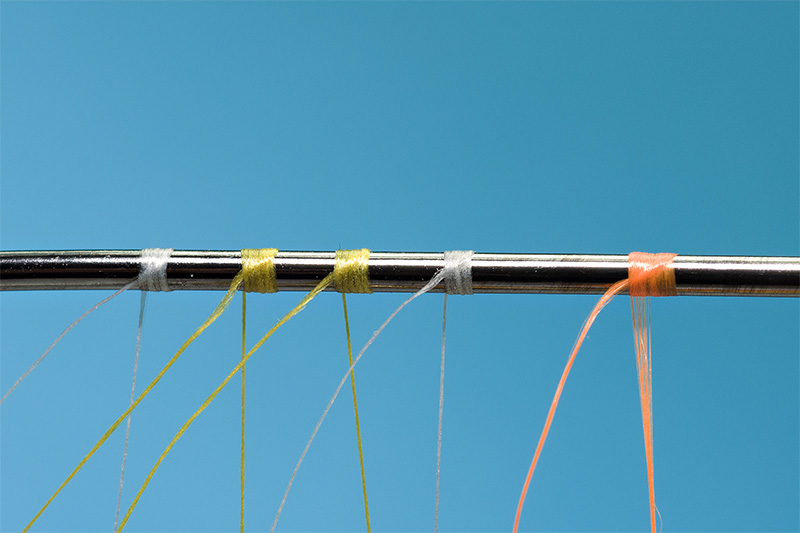
The following threads are Uni 6/0 with 136 DEN and the italian thread 6/0 from Textreme.
Wow, another surprise!. Uni 6/0 seems to be more thinner than UTC 70 and Textreme 6/0 seems to be more thinner compared with Uni 6/0
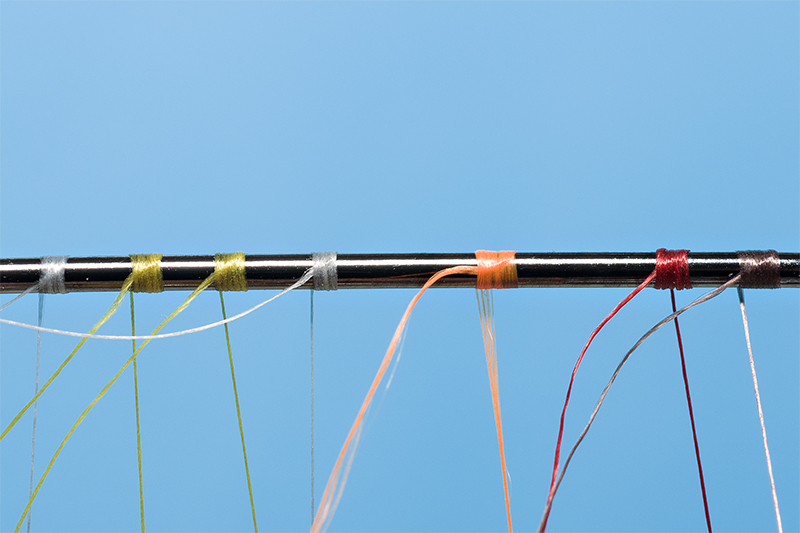
And bellow you can see all these threads that I’ve tested
I invite you guys to tell me your opinions and share your experience from these threads and of course with other brands .
cheers and all the best,
Lucian
PS
for those who are looking for these fly tying threads you can by them also from troutline fly tying shop . The prices are competitive !
Anyway will prepare soon another article where I will measure the diameter of each thread from this small article and the breaking strength also.
cheers and happy tying 
Lucian
A simple thing
Back to fly tying desk  Moving in other country for a period of time and having a second baby is time consuming. I’m very anxious to gout for fishing on river Adda here in Lombardia it is raining a lot and all the rivers from this area are ugly.
Moving in other country for a period of time and having a second baby is time consuming. I’m very anxious to gout for fishing on river Adda here in Lombardia it is raining a lot and all the rivers from this area are ugly.
So sometime staying in house, go out with children, making bread for fun and watching the beautiful green-yellow- brownish leafs falling down from the trees gives you ideas hot to tie easy and fast and improve flies. This morning an idea about tying a CDC fly comes through my head: “why don’t you make an X with thread under the hackle? In this way you’ll spread nicely the CDC barbs and the silhouette of the fly will be very clear for the fish. Beside that the fly can by tied on small hooks very easy, can be cast a present easy on the water, only nice things!
My friend here is my idea and I’m sure that you’ll like it 
Materials used: Maruto D04 #12-18
Thread: I prefer Uni 17/0 but any thin thread can be used
Tail: Coq de Leon Indio in light brown- dun color
Body: body hearl or condor substitute in different colors to match the hatch
Hackle: Ultra Selected CDC from Trout Line in natural tan color
Lets start:




I prefer to use a dubbing loop for CDC because in this way the CDC barbs will be more dense and will sit nicely on the hook shank. More than that is used with hackle only a small length of the hook shank. Using the entire feather you’ll use a big part of hook shank for making the hackle because the stem of the feather is not very slim.

You can see how I make the “8” shape with the thread and I spread the barbs on the sides





I hope that I can give you a nice burst for sit down and tie a few flies like this one 
cheers,
Lucian
Super Floating Sedge
The Super Floating Sedge is a fly that I love to use in big rivers or big lakes for large trout and grayling. This fly is easy and funny tot tie and I recommend it for any beginner fly tyier in using CDC for making bodies or wing for his flies.
Materials:
Hooks: Demmon DSD 100BL for very big and strong fish or Maruto D04 BL for small and medium fish.
Thread: 17/0 Uni or 8/0 Uni is great. For me 17/0 is one of the best thread that I use and I like it very much because is very thin and easy to work with
Body: Top Grade CDC in light grey brown or Khaki Campbell CDC
Wing :Wing CDC in grey dun or Khaki Campbell CDC
I prefer to use “Wing CDC” instead of other type of CDC due the high density of the barbs.
UV Pink Bug – simple and sexy
This fly is very easy to tie and very effective in Winter time for grayling. In UK rivers this nymph is deadly and tied on very small hooks can be used for French style of nymphing. If you tie this fly on large and medium hooks you can use it forCzech nymphing
Materials used:
Hooks: Demmon DGS 900BL or Demmon DGH 900BL #14
Thread: Demmon Hot Spot Thread -fluo orange or any orange thread
Body: UV Pink/Hot Pink Peter’s Ribbing Quill
Wire: Hends Red wire – optional
Torax: Troutline nymph dubbing – hot pink or any pink dubbing
Bead: Bidoz Pink bead or Bidoz Orange bead
Buzzers and catgut
Ok, I’m not an expert in buzzers but from time to time I like to tie these flies. So today I tied a few buzzers using catgut as a body material. It was easy and fun and took only a 3min to tie one.
Material used:
Grub type of hooks :Daiichi D900 #12
Thread: red or black depending of the final color of the buzzer
Body: Catgut dyed red or natural colored with a red marker
GRHE My Way
Nothing special, only just my approach:
Material used:
Hook: Daiichi D1180 #12
Thread: Uni 8/0 Black
Lead: lead wire -0.3mm
Underbody: Devaux yellow body thread
Body: Special Spike Dubbing
Tail: Guard European Hare
Tinsel: Oval Gold Tinsel from Uni
Back: Guard European Hare
Torax: Mad Rabbit Dubbing
All material can be found on www.troutline.ro or can me prepared by any fly tyer at home 
cheers and happy tying!
Lucian

